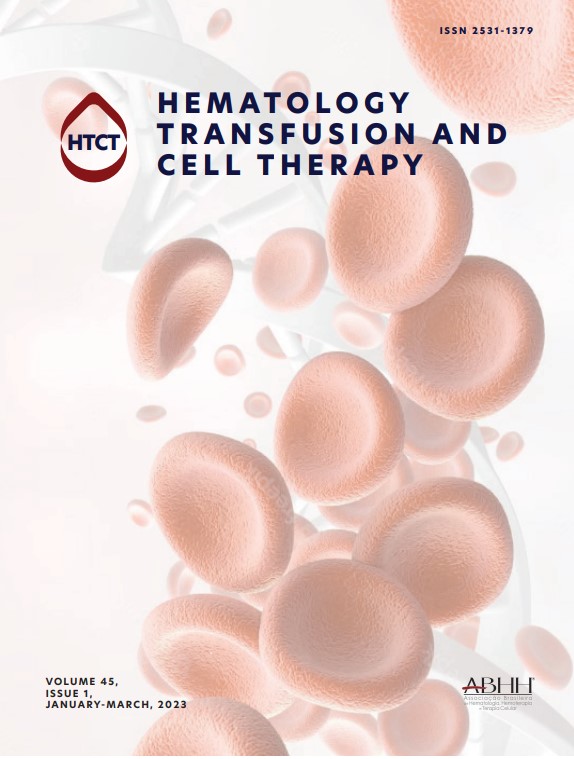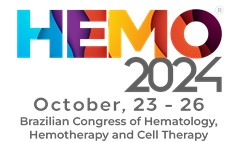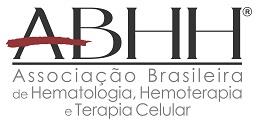Goals: SCD is a group of inherited blood disorders characterized by acutely painful vaso-occlusive crises, which can lead to hospitalization. SWAY was a cross-sectional survey assessing patient (pt) and HCP perceptions of SCD between 3 Apr and 4 Oct 2019. We report HCP perceptions of SCD symptoms, quality of life (QoL) and HCP–pt interactions. Materials and methods: SWAY was developed by SCD expert physicians, pt advocates and Novartis. Opinions were captured via a 1–7 Likert scale for some questions (5–7 indicated high impact/confidence). HCPs were recruited in 16 countries from six regions by Adelphi Real World fieldwork. Eligible HCPs had qualified in their primary specialty by 2014 and were caring for ≥10 SCD pts at time of survey (≥5 pts in Canada; ≥2 pts in the Netherlands). HCP and pt surveys were independent and samples were not matched, so comparisons are descriptive. Results: 365 HCPs completed SWAY; 69% had a primary specialty of hematology/hematology-oncology. 30% practiced in a private hospital/practice, 29% in a university/teaching hospital and 13% in an SCD center. 82% of HCPs had received their primary specialty qualification between 1995 and 2014. HCPs had a median of 25 SCD pts under their care in the year (yr) before SWAY. 101 HCPs treated adult pts only (≥18 yrs), 28 HCPs treated pediatric pts only and 236 HCPs treated both. HCPs most commonly mentioned acute pain (74%), chronic pain (72%) and fatigue (61%) as being frequently reported symptoms. Pts and HCPs had different views on some symptoms, eg 7% of HCPs thought insomnia is a frequent symptom, but 34% of pts (n=2145) experienced insomnia in the month before SWAY. Many HCPs recognized the high impact of SCD on education (81%) and maintaining employment (72%), which were assessed as functional indicators of QoL. Confidence in thorough pt assessment and in explanation of drug side effects was reported by 86% and 89% of HCPs, respectively. In the pt survey, confidence in thorough assessment and explanation of side effects was reported by 70% and 64% of pts, respectively. HCPs had most commonly initiated these treatments: for pts aged 6–11 yrs, folic acid (62% of HCPs) and anti-inflammatories (52%); for pts aged 12–17 yrs, folic acid (63%) and opioids (62%); for pts aged 18–39 yrs, opioids (76%) and folic acid (72%); and for pts aged ≥40 yrs, opioids (72%) and hydroxyurea (67%). Discussion: Although the HCP and pt populations were surveyed separately, their independent perspectives showed some contrast in the perception of common symptoms. Differences of perception were also seen regarding how well drug side effects are explained in the clinic. Around one-quarter of HCPs did not think SCD has a high impact on school or work. In the pt survey, 51% of pts said that SCD had a high impact on school achievement and 32% had been fired by an employer because of SCD (Osunkwo et al. ASH 2019), suggesting the potential for broader HCP–pt discussion of these aspects of QoL. Most HCPs saw both adult and pediatric pts, which may indicate a limited global workforce able to treat SCD, although regional analyses are needed to investigate further. Conclusion: This global survey of SCD-treating HCPs indicates possible areas of disparity between HCP perspectives and pt experiences. Funding: Novartis Pharmaceuticals sponsored and was involved in running SWAY.
The Impact Factor measures the average number of citations received in a particular year by papers published in the journal during the two preceding years.
© Clarivate Analytics, Journal Citation Reports 2025
SRJ is a prestige metric based on the idea that not all citations are the same. SJR uses a similar algorithm as the Google page rank; it provides a quantitative and qualitative measure of the journal's impact.
See moreSNIP measures contextual citation impact by wighting citations based on the total number of citations in a subject field.
See more





